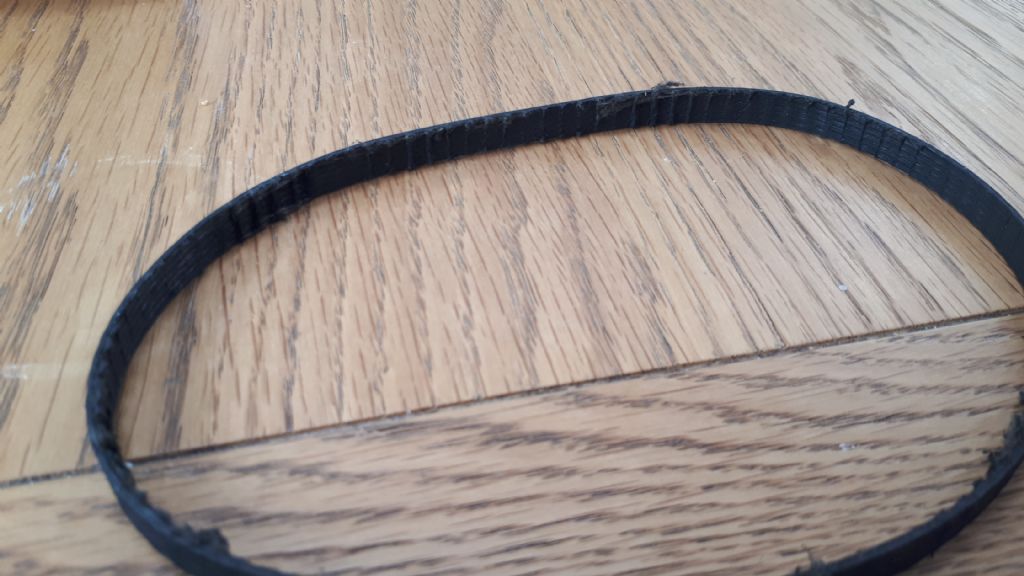Oops,
Guilty as charged of assuming all CMLs are the same. Should have read the OP more closely so treat all my previous comments as not applicable to the Seig flavour of mini lathe.
Interesting to know what the belt standard is. Certainly the T5 does not look like the OEMs belt that I had (kind of looks halfway between a T5 and an M5). As it fitted into the pulleys OK I used the T5 anyway.
So Jim, best stick to OEMs spares unless changing the drive system. Looking at the work you do, it seems to be biased towards low speed high torque end of lathe operations (tapping, knurling, drilling etc). Because of the lack of back gear arrangement on CMLs, I think it is fair to say the CML struggles in this region and will always put large loads on the belt.
In terms of mods there is not much to assist high torque operations with this type of lathe without totally remodelling it. Some designs of auxiliary counter shaft are available, but while these help match motor and controller for low speed operations, the torque loads on the final drive to the spindle remain the same.
One change I made to the leadscrew drive was to use a Ralph Paterson mod that places an extra change gear reduction step on the banjo. This then makes some very fine feeds available (down to .001 thou). I am not sure if the SC2 has the same banjo arrangement as the older style non brushless CML, but you could take a look.
Some people have fitted an ammeter to judge how much load they are putting on the machine.
If you are doing a lot of tapping, as an accessory I would recommend making a hand crank for the spindle rather than attempting to bully taps through the job using the motor, as that places the drive under a lot of strain.
I don't know what arrangements are available for adjusting the gibs on the carriage on your SC2. On my CML, this was a total pig, In the end I got fed up with having to partially dismantle the lathe to adjust and then having it loosen off a week later etc . I used a design from the internet and replaced the original arrangement with a tapered gib arrangement (forget who – google minilathe tapered gibs). There was nothing fundamentally difficult in the job, but you need access to a mill and another lathe (I had to reduce the shaft diameter of the carriage drive gear shaft). A great deal of faffing and fitting to and fro was required – but what joy to be able simply adjust carriage play without having to take off the apron.
S
 Michael Gilligan.
Michael Gilligan.





